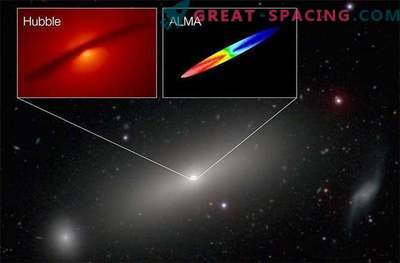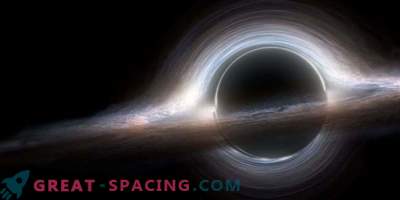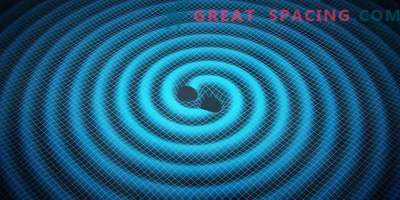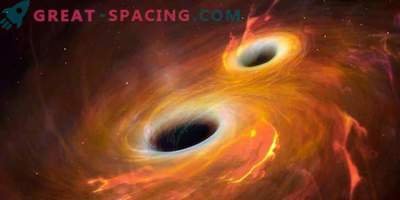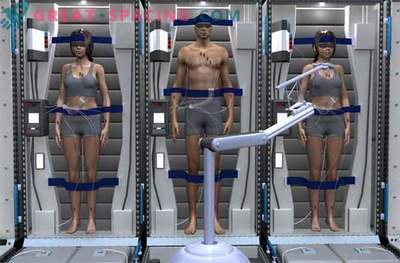
Artistic interpretation of an accretion disk around a rotating supermassive black hole. The rotation process can lead to the creation of a high-speed jet, which makes the object radio-loud
Statistical analysis of supermassive black holes suggests that the rotation of a black hole can play an important role in creating powerful high-speed jets, blasting radio waves and other radiation in space.
Black holes absorb light and other forms of radiation, which is why they cannot be seen directly. But the effects of their “power”, in particular the area of the accretion disk, can be seen by the huge amount of energy released.
Accretion disks around supermassive black holes are among the brightest universe objects. They are called quasi-stellar radio sources (quasars). But this is not exactly the right name, since only 10% of all quasars emit powerful radio waves. Now we know that radio-loud quasars appear when a part of the matter in the accretion disk escapes into space in high-speed jets released from the poles of a black hole. But there is still no precise understanding of why jets are formed several times. The new study took the idea that the rotation of a supermassive black hole could play a role in the formation of jets. Black holes are not visible, but a team of scientists measured the emission of oxygen ions around a particular hole and its accretion disk to determine the radiation efficiency (how much energy was released when it entered the hole).
After analyzing almost 8,000 quasars with the help of the Sloan digital sky survey, the researchers found that on average, oxygen emissions of O III are 1.5 times stronger in radio-loud quasars than in “quiet” ones. So rotation is an important factor in jet generation.
